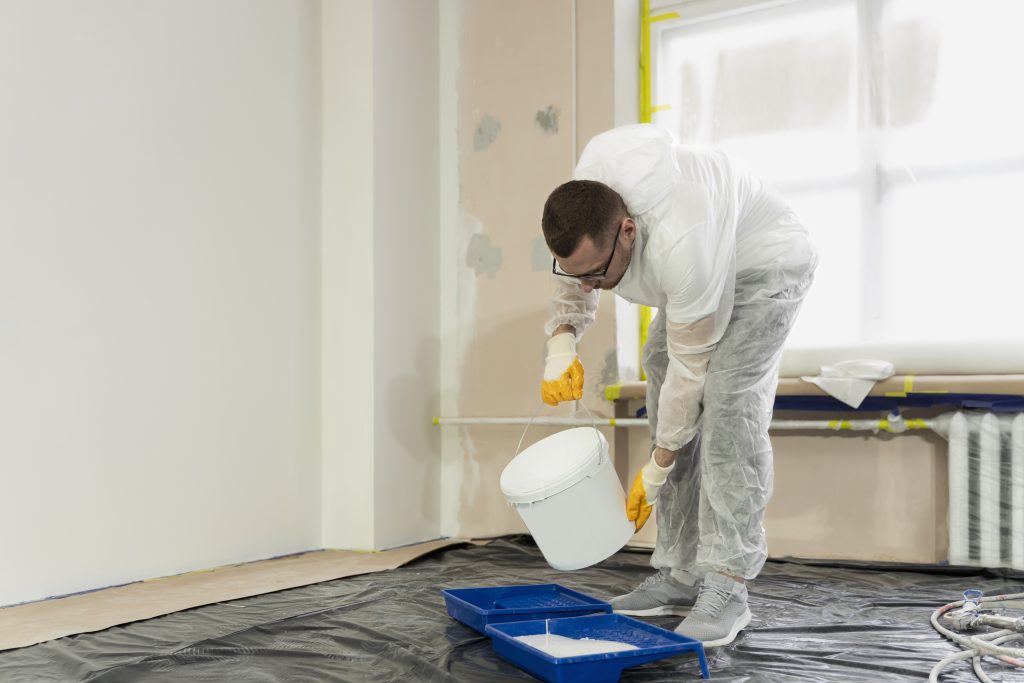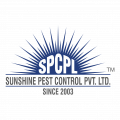
Roof waterproofing deals with the use of additional materials and methods solely for the purpose of preventing water ingress and dripping or moisture penetration on roofs. The works entail the evaluation of the status of the roof, as well as cracks and damages, and the use of such courses as liquid membranes, bituminous coatings, or sheet membranes.
Although the primary goal is to achieve waterproofing, the chief objective is to create a long-lasting layer, which shall not allow water passage through the roof and thus increase the life span of the roof and the building structure. Roof waterproofing services therefore need to be provided in order to ensure that roofs are well protected in all seasons most especially in areas which receive so much rain and areas which receive pony weather conditions.
1. Understand Your Roof Type Flat Roofs:
Prone to water pooling. Opt for bituminous membranes, liquid coatings, or spray-applied systems. Pitched Roofs Water naturally runs off, but a high-quality sealant or coating is still needed to prevent leaks. Metal Roofs Consider elastomeric or acrylic coatings that provide flexibility and prevent corrosion.
2. Evaluate Local Climate Conditions Heavy Rainfall:
Go for waterproofing solutions with excellent water resistance, such as polyurethane or liquid rubber coatings. Extreme Heat or Cold Look for materials that expand and contract without cracking, like silicone-based coatings. Sun Exposure Choose UV-resistant coatings, like acrylic or elastomeric, to withstand sun damage.
3. Cracking the roof conditions and damage:
If you have significant wear and tears in your roof, address the damage before applying waterproofing solutions. Surface type ensure that the waterproofing material is compatible with the current surface of the roof (eg, ringworm, tiles or concrete).
4. Consider waterproofing material bituminous membrane:
Highly durable and effective for flat roofs. Polyurathane coatings provide strong waterproofing and UV resistance. Liquid rubber coatings offer a spontaneous waterproofing layer, easy to apply and easy to apply. Acrylic coatings are inexpensive and suitable for light climate. PVC/TPO membrane: best, especially for commercial buildings for energy-efficient roof systems.
5. Longevity and Maintenance
Choose materials with a long lifespan and low maintenance requirements. Check product warranties to ensure lasting protection and performance.
Importance of Roof Waterproofing
Water proofing of the roof is effective part of building that ensures that the building remains strong for a long time. Here are the key reasons why it is essential
1. Prevents Water Damage
This is very dangerous to your roof and the interior part of your building because of water seepage. It can reduce the structures lifespan, also compromise the insulations, cause formation of molds, and entirely compromise the integrity of ceilings, walls and floors. Waterproofing serves as the protector and prevents such damages at a certain amount of money.
2. Enhances Roof Longevity
Waterproofing keeps your roof in good condition especially during those harsh times when there is rainfall, snow or ice formation. Waterproofing stops water from penetrating the roofing materials hence reduces the wear out rate of the roof and the rates of repair or replacement.
3. Improves energy efficiency
In other words, a waterproof roof helps in controlling what happens inside a building in terms of the amount of moisture accumulated inside the building. It can increase waterproofing and insulation and therefore means low energy is used in heating or cooling and therefore low fuel bill.
4. Protects the construction structure
As a result of water leakage, the erosion of the roof related functions such as beams, truss and wood members. It only causes a lot of cost for repair or reconstruction of structure only after a fixed period of time. Waterproofing prevents the entire structure from such problems.
5. Helps Prevent Mold and Mildew
Excess moisture can seep into the roof and cause formation of mold and mildew and gradually spread throughout any building structure. It not only affects the structure of the property but can also cause illness, primarily respiratory in nature. Waterproofing also ensures that formation of some dangerous thing like mold and mildew do not occur.
6. Increases Property Value
This makes the roof to be waterproofed and it increases the overall value of the property in place as it is well appreciated. This is very much relevant especially in the case of selling the house where a strong, durable and water proof roof is a big selling factor to the intended buyer.
Roof Waterproofing Process
The full roof waterproofing process includes several major stages that have been brought together with the target of sealing the roof and effectively protecting the water infiltration. There is a broad view of the process here.
1. Inspection and evaluation
The first step is the evaluation of the current status of the roof. A qualified professional should check the roof for damage, wear and tears, cracking, leaks, or other signs of weakness. This evaluation identifies areas that require repair before application of waterproofing systems. Check the cracks and gaps. Find the visual cracks or openings where water is leaking.
The type of roof (flat, pitch, metal, etc.) is equivalent to the importance of the appropriate waterproofing method selected to install the evaluation of roof material. Assess potential structural problems to ensure that the roof structure is intact and can support the waterproofing application.
2. Roof cleaning
Prior to the waterproofing application, the roof cleaning should be fully cleaned to allow good adhesion of the waterproofing agent. Remove all leaves, branches, dirt and other debris from the clear roof surface. Surface dust, moss, algae and old coatings can be removed using pressure or manual cleaning techniques. The surface should allow the dry ceiling to dry completely so that the waterproofing solution is well affixed.
3. Repair and patching
All disadvantages that include cracking, holes, or leaks should be repaired before waterproofing. Different approaches can be taken depending on the type of roof. Fill the cracks with a suitable filler material or sealant to fill any crack or gap. Patch or replace the roof membrane when damaged; If the roof membrane is damaged, either replace it or patch it with new material.
4. Applies to waterproofing coating
Waterproofing coating is applied after the roof cleaning and repair. The type of selected waterproofing material is dependent on roof type, climate and special requirements. General options include:
A) liquid waterproofing membrane: This application usually forces to brush, roll, or spray a membrane that forms a spontaneous, flexible layer tied on the roof surface.
B) Bitumen membrane: These membranes are mostly sheets and then tied on the surface of the hot and roof.
C) Polyurethane or silicone coatings: sustainable weather resistant barriers are suitable for application on flat roofs.
D) acrylic coatings: suited to temperate conditions with good UV security; The coating is applied by several coats for total coverage and maximum protection.
5. Time of treatment
After the application, the waterproofing material has to be treated according to the manufacturer’s instructions in time and method. The curing time on used products and atmospheric conditions is different, but it should be noted that the waterproofing layer is completely set before proceeding any activities on the roof.
6. Inspection and testing
After the treatment and drying of waterproofing, it is appropriate to give a final inspection to the roof if the application was done for perfection. Some can test water by pouring water to different parts of the roof to check any leaks or weaknesses.
FAQ About How to Choose the Right Roof Waterproofing Solution
1. Work or state of roof waterproofing.
The roof is the application of a protective coating or material on a roof to prevent water from entering waterproofing waterproofing structure. It is against the roof and leaking of the entire house, damage due to water and mold increase.
2. Why is this important for waterproof roofs?
This can save the damage that occurs due to leaking during torrential rains. It expands the life of a roof, thus saves money on repair, and makes it more energy-efficient, as no water can enter the house.
3. How long can waterproofing methods last?
The longevity of waterproofing methods is dependent on various factors such as materials and environmental conditions. The liquid membrane lasts for 5–10 years, while bituuminus and EPDM membranes can live up to 15–20 years or more with proper maintenance.
4. Can I implement the roof waterproofing solution myself or should I get professional assistance?
The liquid membrane of some types of waterproofing materials can be applied by a Do-It-Eorceler, mainly to small or simple roofs. In other cases of large areas or more complex roofs, then it is recommended to use a professional waterproofing contractor.
5. How can I keep my roof waterproofing?
Regularly check on the roof waterproofing with its presence. Ensure that gutters or drains are clear from clogs or cracks or any damage that is likely to restrict the flow of water. Keep the coatings and/or sealant updated.


